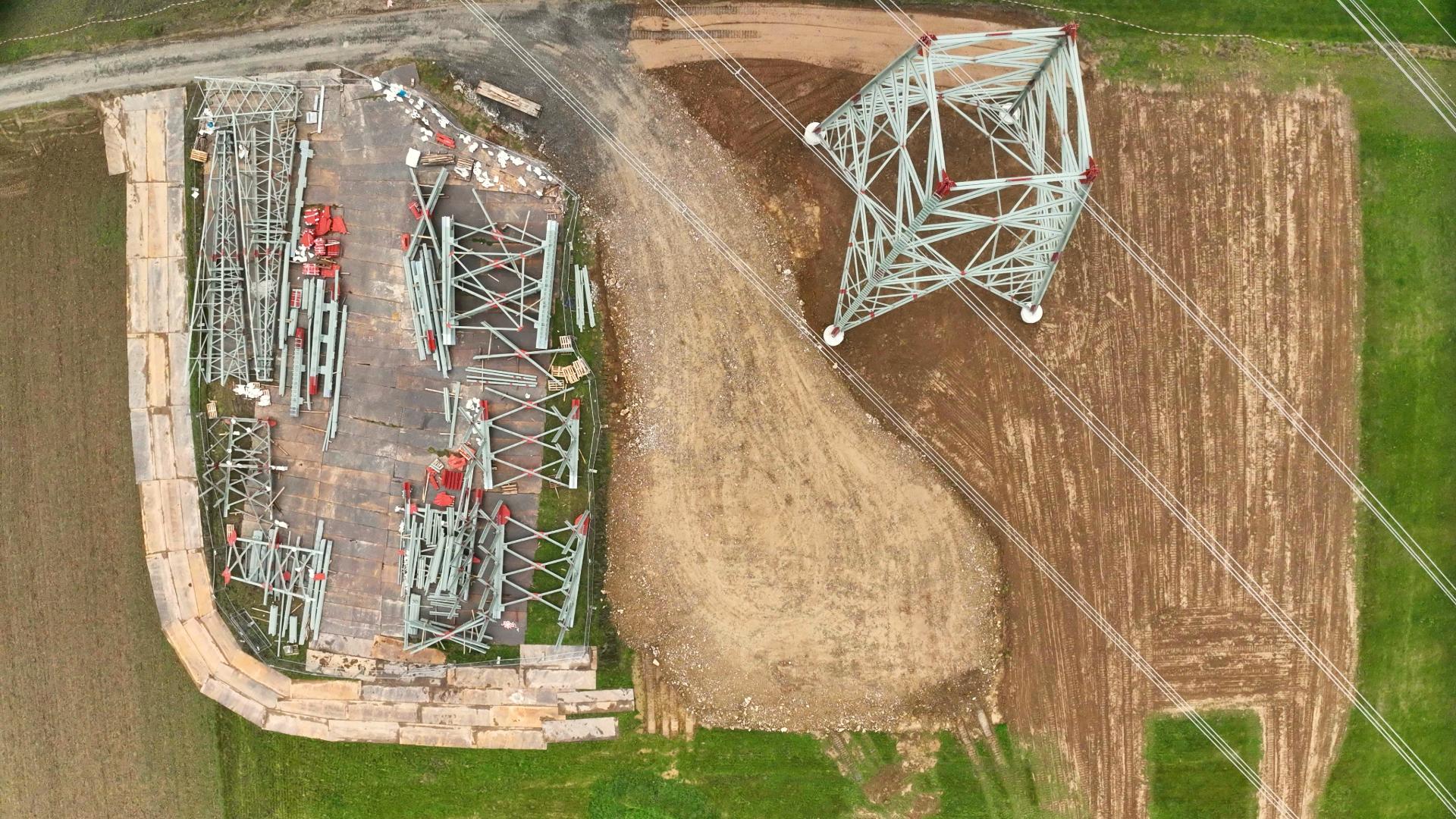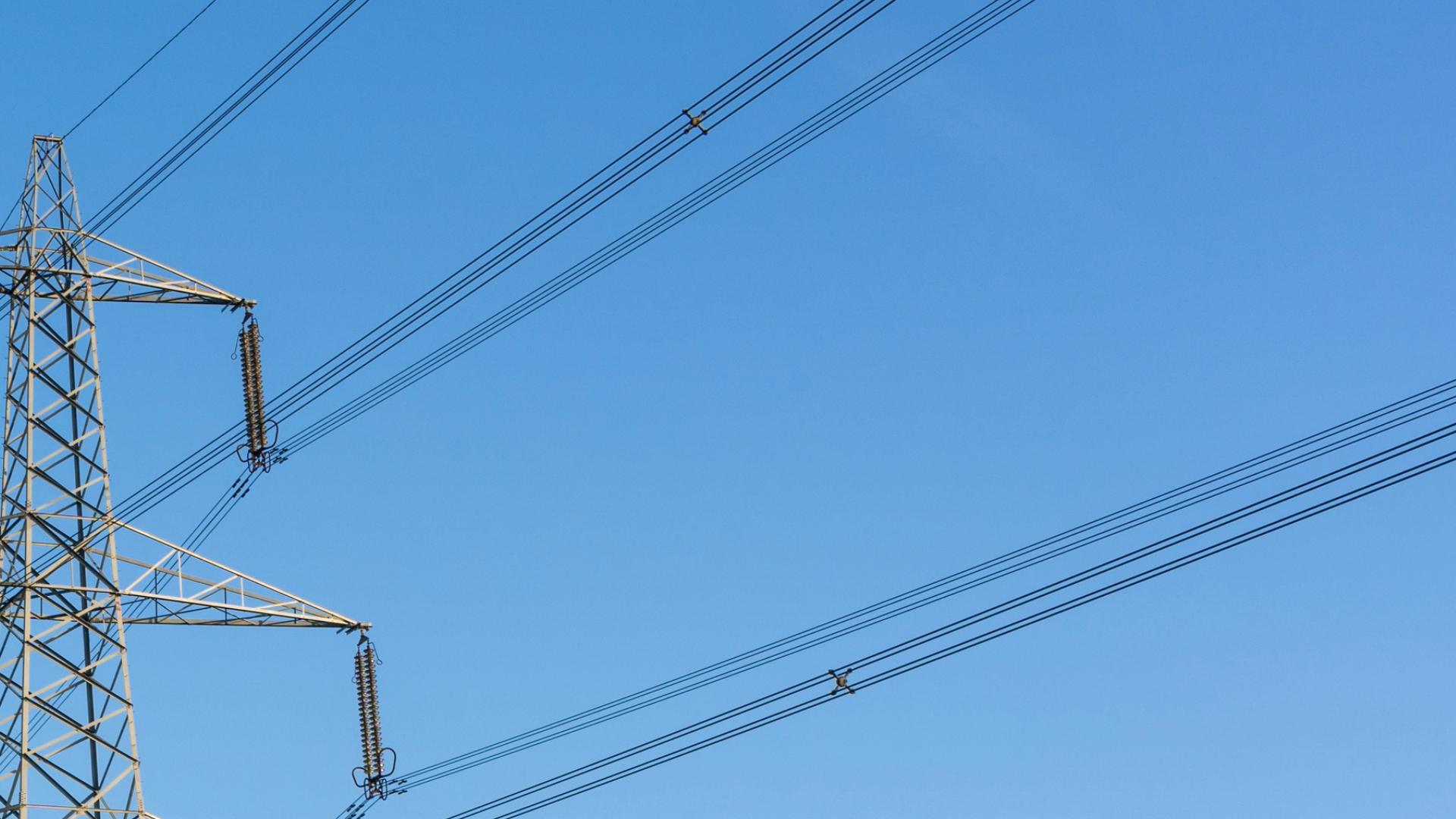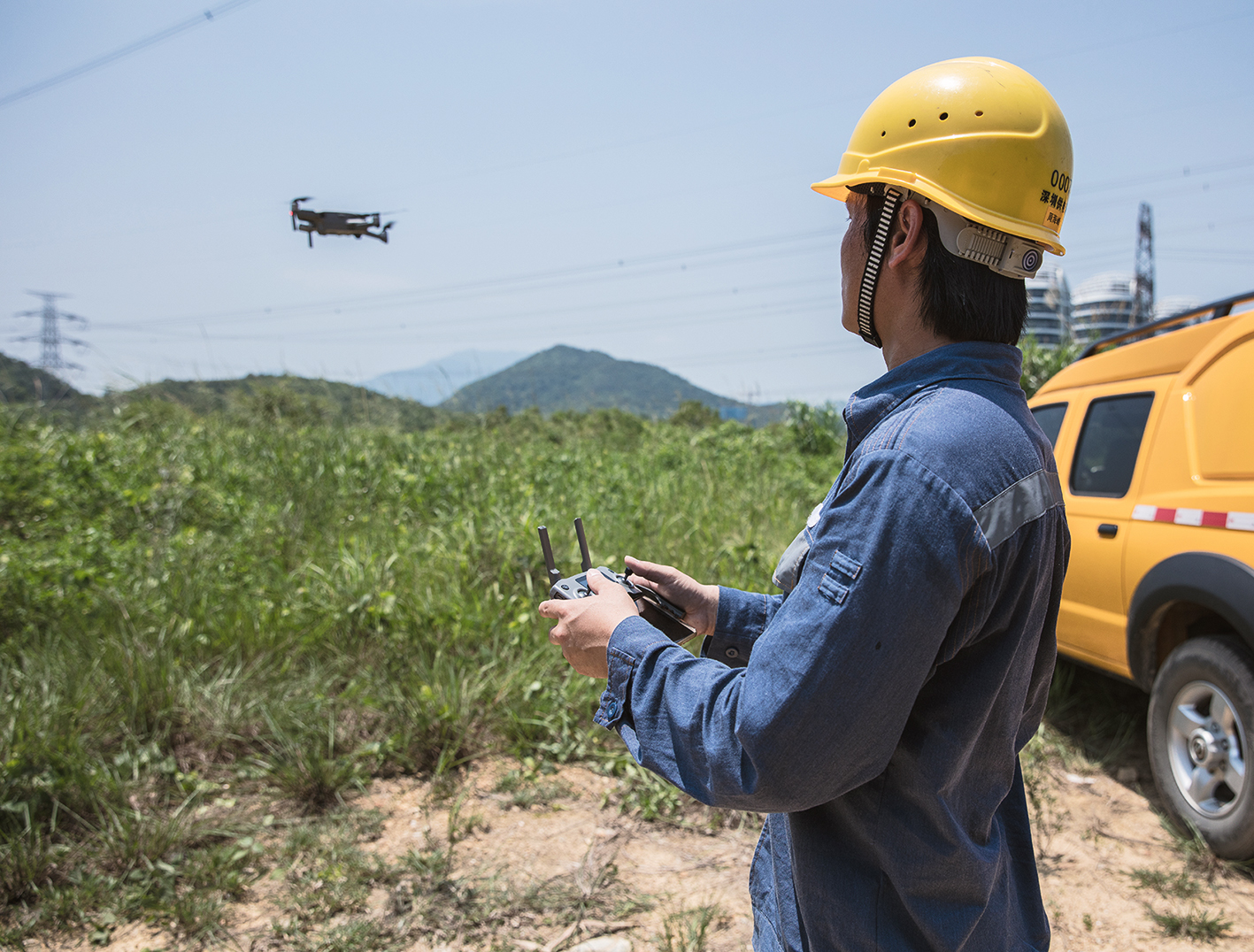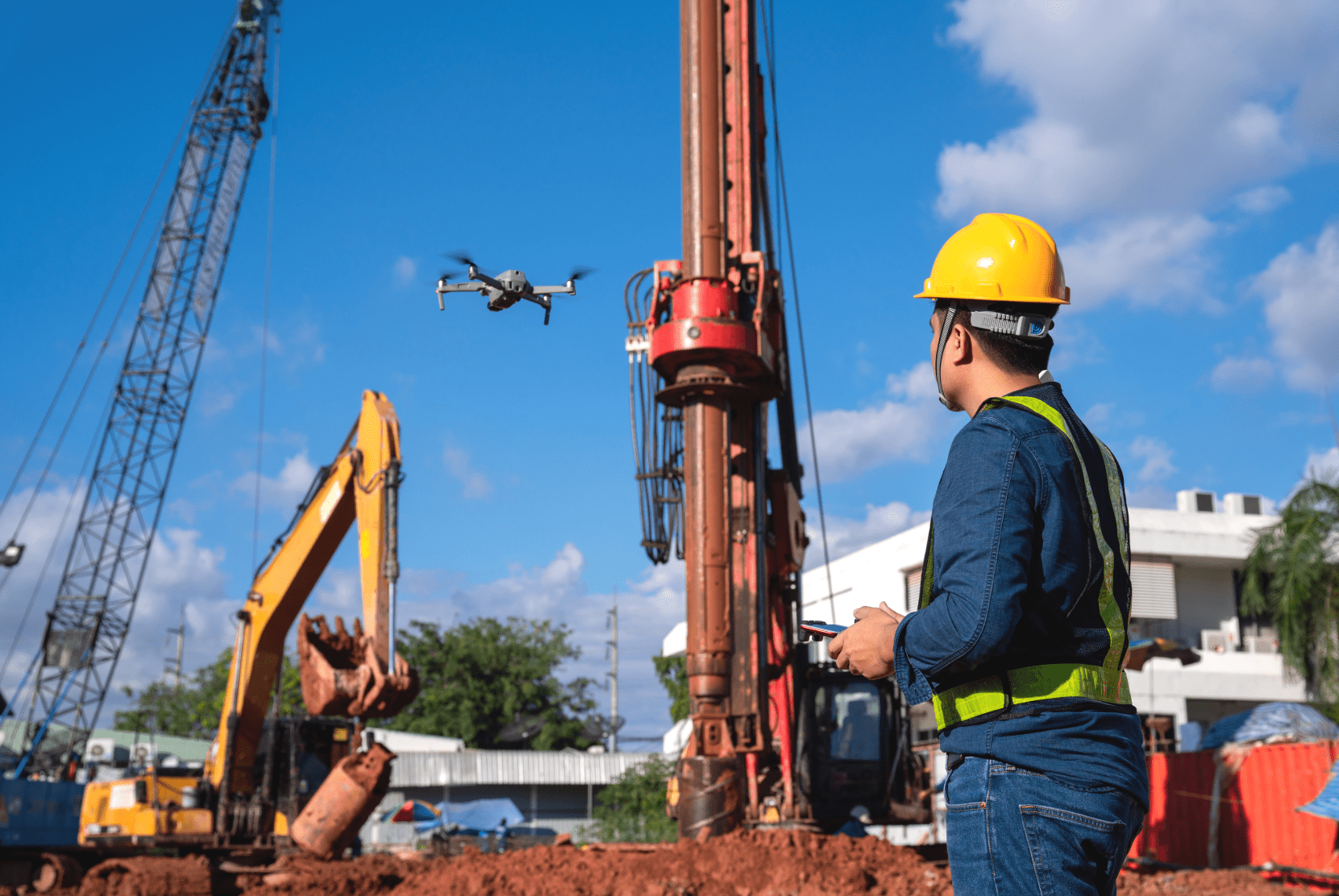Noch nicht gelesen? Hier geht’s zu Teil 1 und Teil 2
Geodaten sind Daten mit Raumbezug. Dazu gehören je nach Schätzung 80-95 % aller Daten weltweit und betreffen somit alle Branchen. Karten sind ein klassisches Mittel zur Präsentation von Geodaten. In Zeiten des Internet of Things (IoT) sind Web Maps, Kartendienste und kartenähnliche Darstellungen von immer größerer Bedeutung für verschiedenste Anwendungen. Diese Artikelreihe enthält 15 Tipps, um Karten im Internet noch besser zu machen.
11. Wo muss ich klicken?
Der wohl wesentlichste Unterschied zwischen einer guten Webkarte und einem klassischen Print besteht in den Möglichkeiten der Interaktion. Durch Kartendienste wie Google Maps sind Nutzer daran gewöhnt und nehmen viele Funktionen inzwischen als selbstverständlich hin. Umso negativer fällt es auf, wenn diese fehlen. Zoomen, den Kartenausschnitt verschieben und drehen, das Suchen und Filtern, Informationen abfragen und die Anzeige der Daten verändern sind nur einige Optionen. Eine Web Map muss also nicht nur etwas anzeigen, sie soll auch etwas können. Aber nicht vergessen: Solche Funktionen wollen sinnvoll integriert sein. Es kann nie vorausgesetzt werden, dass jeder Nutzer weiß, was er wo bedienen kann. Hinweise und Erklärungen sollten deshalb nie fehlen.
Tipp 11: Interaktion ermöglichen und erklären!
12.Datenschutz lässt grüßen
Das allseits beliebte Thema Datenschutz betrifft natürlich auch Geodaten, die auf Karten abgebildet werden sollen. Gerade bei selbst erhobenen Daten ist besonderes Augenmerk auf den Schutz der Privatsphäre zu legen. Geodaten, die von externen Quellen bezogen werden, unterliegen beinah immer vertraglichen Nutzungseinschränkungen. Mit Hilfe von unterschiedlichsten Lizenzmodellen wird ein Nutzungsrecht an den Daten eingeräumt. Dabei bestehen erhebliche Unterschiede, je nachdem ob die Daten weiterverarbeitet werden oder als Rohdaten abgebildet werden sollen, und wer der Nutzer ist. Dies betrifft Geodaten unabhängig davon, ob sie kostenfrei verfügbar sind oder nicht. Beim Erstellen einer Karte für das Internet muss demnach geprüft werden, ob und unter welchen Bedingungen Daten verwendet werden dürfen. Zumeist sind hierzu Quellenvermerke zu integrieren.
Tipp 12: Rechtliches beachten!
13.Bitte übersichtlich
Das Stichwort für diesen Tipp heißt: Generalisierung. Hierbei geht es darum, auf einer Karte Dargestelltes je nach Zoomstufe zu verändern, um Aussage und Lesbarkeit zu erhalten. Konkret geschieht das vor allem durch Vereinfachung von Formen, durch Hervorhebung von Wichtigem und Weglassen von Unwichtigerem. Ohne Generalisierung würden sich Objekte auf einer Karte schnell unübersichtlich überlagern und die Karte unbrauchbar machen.
Tipp 13: Maßstabsabhängig generalisieren!
14.Wie läuft’s?
Mit dem vorherigen Tipp geht ein weiteres Problem einher. Ohne Generalisierung werden beim Herauszoomen schnell so viele Daten angezeigt, dass die Rechenleistung nicht ausreicht. Im schlechtesten Fall stürzt das Ganze ab. Es kommt also darauf an, dass eine Webkarte flüssig läuft. Dazu sollten die Daten sinnvoll in Datenbanken gespeichert sein, um schnell abgefragt und dargestellt werden zu können. Ein weit verbreitetes Konzept ist außerdem das sogenannte Tiling (deutsch: Kacheln). Die Karte wird dabei in viele einzelne, vorbereitete Bildkacheln unterteilt, die je nach anzuzeigendem Kartenausschnitt geladen werden können. So wird das Navigieren innerhalb der Map erheblich beschleunigt.
Tipp 14: Auf eine gute Performance achten!
15.Weniger ist oft mehr
Die Technik bietet inzwischen vielfältigste Möglichkeiten zur Gestaltung einer Webkarte und zur Integration vieler Funktionen. Je nach Themenfeld und Anwendungsfall sind aber nicht alle davon immer nützlich und sinnvoll. Es gilt das Notwendige und Nützliche vom Überflüssigen zu unterscheiden. Überladene, unübersichtliche Karten mit unüberschaubaren Funktionen überfordern viele Nutzer und führen schnell zu Frustration oder kognitiver Ermüdung.
Tipp 15: Aufs Wesentliche beschränken!
Das waren sie: Unsere 15 Tipps für bessere Webkarten. Die technische Entwicklung wird auch in Zukunft immer neue Möglichkeiten zur Anwendung und Verbesserung von Web Maps mit sich bringen.
Auch wir von FlyNex versuchen unsere Map2Fly stets noch weiter zu verbessern. Haben Sie dazu Fragen, Anmerkungen oder Ideen?
Wussten Sie, dass Sie Verbesserungsbedarf jetzt auch direkt in unserer Karte melden können? Registrieren Sie sich dazu kostenlos auf https://map2fly.flynex.de/. Aktuell finden Sie die Funktion „Fehler in der Karte melden“ unter dem Button für Services & Partner.
Wir freuen uns über Ihr Feedback!
Ihr Team FlyNex






